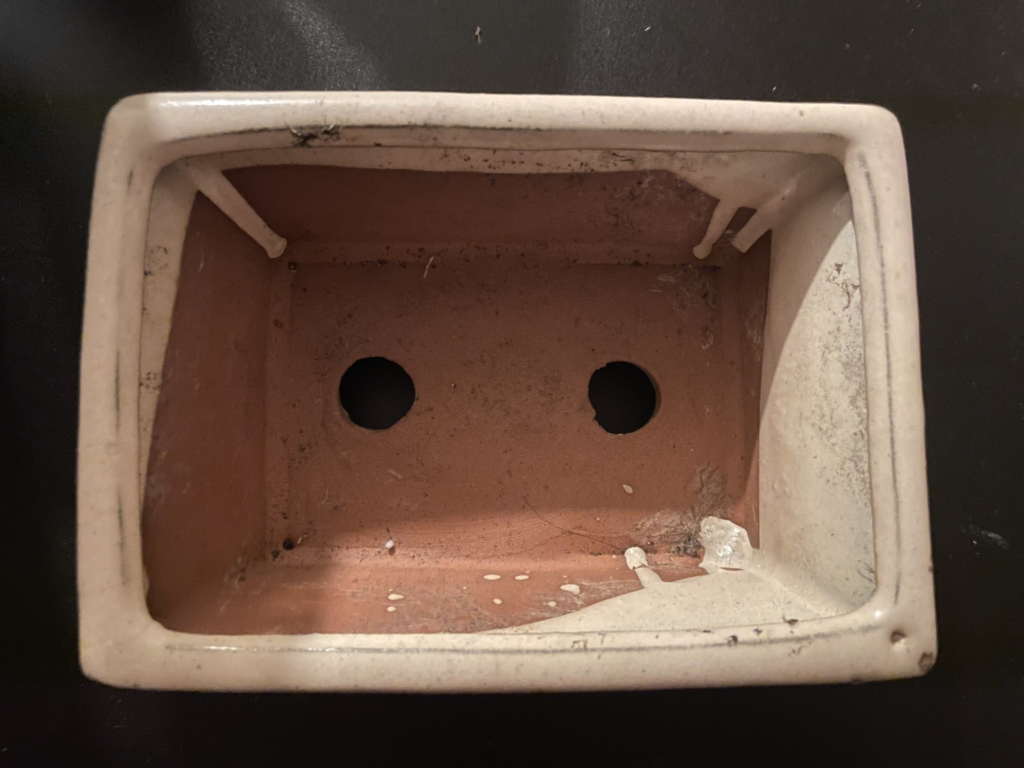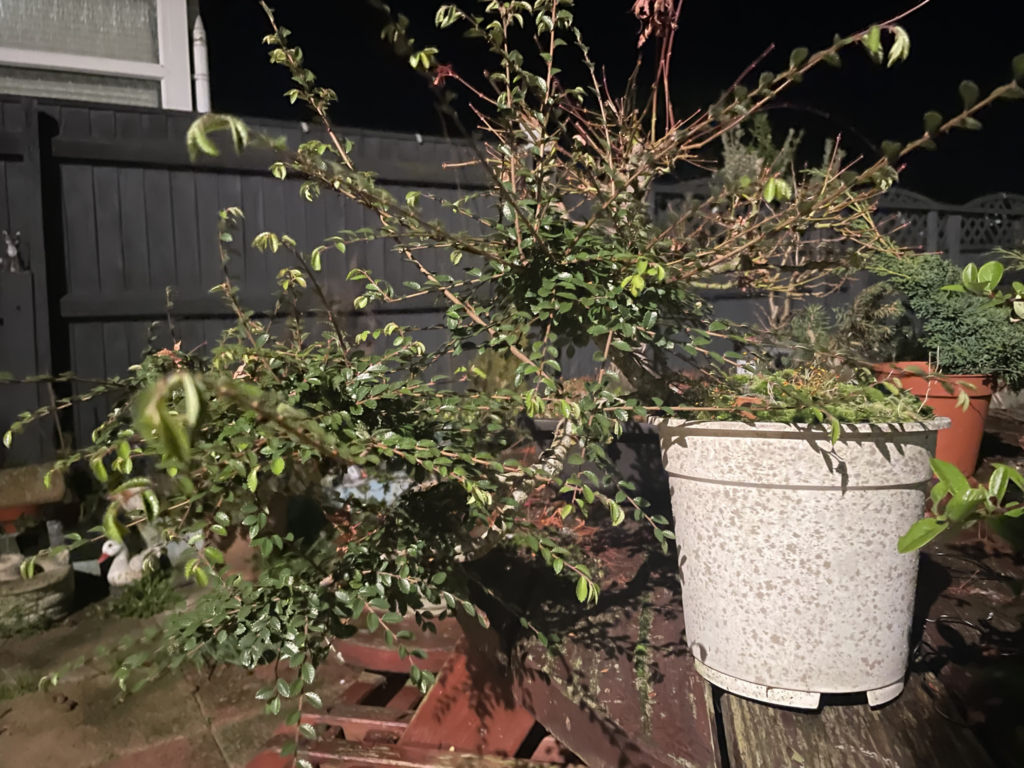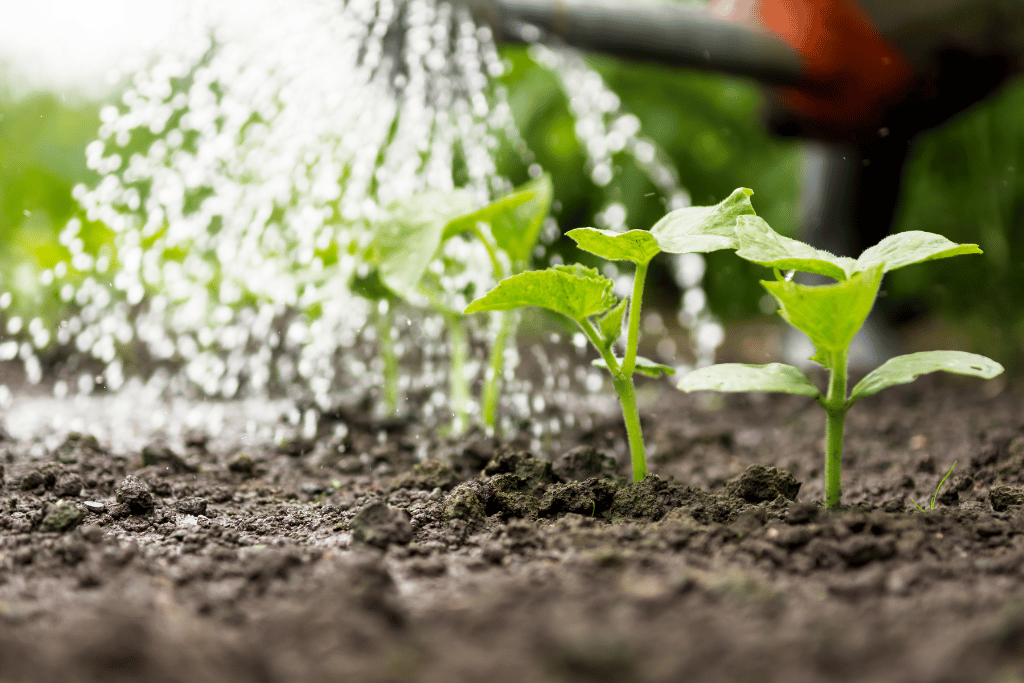In nature, trees can put on a lot of growth quite quickly – however, in bonsai pots, their growth tends to slow. Bonsai can grow quite a bit slower than their counterparts outside of pots, but you’d be surprised by how much growth they can put on with a bit of encouragement!

Let’s find out just how much bonsai trees grow with the right care…
1. Water Your Bonsai
One of the most apparent yet vital factors in how fast a bonsai tree will grow is the amount of water it’s getting. Without a good amount of water, a bonsai tree will cease to grow and may even die. However, watering too much can also lead to problems such as root rot. When growing any plant – not just bonsai – you must ensure its watering needs are met.
Underwatering is when your tree is not receiving enough water. Water is vital in photosynthesis, which provides energy for your tree and allows it to perform essential functions to keep it alive such as osmosis. You need to ensure that you are providing your tree with enough water, especially in the growing season when the water demand will be much higher.
To check if your tree needs watering, you can poke your finger an inch deep into the soil to check the moisture. If it’s still wet, you should hold off on watering until it starts to dry out slightly. It would be best if you aimed to ensure the soil is always moist.
Overwatering can also be a problem for your tree. By giving your tree too much water, you’ll be starving the roots of oxygen. This can lead to root rot, which can cause problems for your tree and even lead to death if left untreated for a while.
A good way to prevent overwatering is by also using the correct soil medium. By using a well-draining soil such as Akadama or pumice, it’s a lot harder to overwater your trees – but still can be done so watch out!

You can use the same method for underwatering, simply checking the soil’s moisture with your finger before watering. If you’re feeling quite fancy, you could invest in a hydrometer. If you think you’ve overwatered your tree, you can tip the pot at an angle on its side to help drain out the water quickly.
You should always keep on watering your tree even if you believe you have overwatered it. Never let the tree’s soil become completely dry. Otherwise, this will kill the tree even faster.
2. Fertilise Your Bonsai Tree
A good reason you should fertilise your tree is that it cannot get nutrients from anywhere else except from you – especially if you have planted it in a very small pot. Think about it this way – you’ve taken a tree which typically grows in nature with lots of access to soil to grow in and nutrients and put it into a small bonsai pot where the only thing sustaining it is you and the sun.
By fertilising your tree, you give it the nutrients it needs to grow. NPK (Nitrogen, Phosphorous, Potassium) are all vital macronutrients for your tree. Nitrogen drives growth in the tree, and phosphorous encourages and helps the formation of fruit and flower buds on your tree. Potassium is used for processes such as osmosis which are critical for the survival of your tree.
You can use pretty much any fertiliser bought from a garden centre. However, a lot of people opt for some fancy Japanese fertilisers. I’ll admit, I prefer these Japanese fertilisers as they work an absolute charm, and they’ve been tried and tested for years. Some famous brands include Naruko and Biogold.

When buying fertiliser, make sure to check the NPK ratios. In the growing season, I like to use a fertiliser high in nitrogen, which helps to get a lot of growth out of the tree. In autumn, I like to tone down the nitrogen and instead opt for a fertiliser with a higher phosphorous and potassium ratio. Doing this prevents the tree from pushing out a lot of new growth as winter starts. This is ideal because any new growth has the potential to die from frost, which is quite counter-intuitive, and simply a waste of fertiliser.
If your tree is deciduous (loses its leaves in the winter), you shouldn’t fertilise it when it has no leaves. This is entirely pointless and just a waste of fertiliser. I usually start fertilising my trees in spring when they have begun to put out growth again. However, I typically wait a week or two after the buds burst; otherwise, this can stunt them.
3. Give Your Bonsai Light
Without sunlight, your tree will die pretty quickly. The leaves will start to brown and drop, eventually dying. I recommend that most trees get around six hours of light per day. However, some species will differ and can do well with lower amounts, such as ficus or dwarf umbrella Trees.
If you’re keeping your bonsai trees indoors, then make sure they are a species that can be housed indoors. If it’s something like a maple or a juniper, it should be outside. Otherwise, they’ll suffer. Trees like jades, fukien tea, sageretia and Chinese elm’s can live inside. Although I keep my Chinese elm outside all year round, it grows vigorously! This will depend on your climate, though.
If you’re finding that your trees are not getting a good amount of light, and there’s no alternative, you could invest in grow lights. They can provide your bonsai tree with enough light to survive. However, they are an investment for people just starting in the hobby.
Started a tree from a seedling or a cutting? You should make sure to be quite careful with seedlings and cuttings, as they won’t be able to tolerate as much light as older trees. Too much intense light can put a lot of stress on their roots, slowing down their growth or killing them due to their sensitive roots. I recommend keeping them in partial shade and hardening them off when they’re old enough. A month after rooting seems to work quite well.

4. Prune, Prune, Prune!
Not too excessively, though. Many people believe that pruning can be bad for your tree since you’re taking off the energy-making mass of the tree – however, this isn’t correct! As long as you aren’t excessively pruning your tree more than four times in the growing season, it can benefit from being pruned.
Pruning will encourage growth on your tree and help you develop and give the tree some ramification. You can take off any problem branches and refine the tree’s structure with pruning while promoting growth! What’s not to love?
If you are going to prune, ensure your tools are clean and sharp. Keeping your tools clean will prevent infection from tree to tree, and keeping them sharp ensures clean cuts.
There are many different tools which you can use to prune, such as concave cutters, knob cutters, or just general pruning scissors. For small shoots, I use general pruning scissors. For larger branches, I usually use concave cutters combined with knob cutters to clean up the wound and make sure it heals flush.

Make sure that you’re pruning at the right time too! Maples prefer to be pruned from November to January, as this is when they won’t bleed sap from cuts. If you cut a particularly large branch off a maple and don’t treat the bleed, this can kill the tree. This isn’t really a problem for other species. Junipers like to be pruned in spring, and most trees can be pruned throughout the growing season.
5. Let Your Bonsai Tree Grow!
If your tree looks like a matchstick, it’s probably not a bonsai. When I think of bonsai, they usually have some thickness and are pretty well developed. This can take a few years to complete, and you won’t be able to do this in one or two from something like a cutting.
That said, don’t put cuttings, seedlings, or any young material in a small bonsai pot. This is going to restrict its growth. It would be best if you potted them in either large bonsai pots or ordinary grow pots. I prefer to use grow pots, as they’re very cheap and durable, with a lot of space for the trees to grow.

Using a suitable soil medium for your trees is another important factor in letting your tree grow. I like to use free-draining soils such as Akadama or pumice instead of compost, which can hold quite a bit of water. However, if you’re using quite large pots, this can get expensive pretty quickly!
So, How Fast do Bonsai Trees Grow?
As mentioned above, quite a few factors affect the growth of bonsai trees. Another factor to take into account is the species. Some species will grow a lot slower than others, while others can put on extravagant growth in just one season.
For example, pyracantha (or firethorn) can put on a lot of growth quite quickly – about 50cm per year! I’ve witnessed this on my own pyracantha, which is very vigorous. I’ve found this also applies to Chinese elm, which never seems to complain about the conditions I give it.
However, some species, like junipers, don’t put on as much growth as others. They can put on around 10-15cm of growth per year, which is not quite as drastic as a pyracantha! This makes those specimen junipers you see a lot more impressive when you think about it, though.
Maples
Maples are quite a popular species for people first getting into bonsai. They’re pretty easy to take care of and can put on a lot of growth in a season. This means you can get pretty excellent results with maples in a few years, depending on the cultivar.
When growing maples, it’s good to use a fertiliser rich in nitrogen to put on a lot of growth throughout the years. However, if you’re leaning more towards refining and developing it, it’s better to use a balanced fertiliser. Fertilisers high in nitrogen will promote long internodes on the tree, which isn’t desirable when creating a bonsai. If you’re feeding it heavily with nitrogen, you need to watch the young shoots when Winter comes around, as the frost can kill them.

Junipers
As mentioned, junipers grow slightly slower than other species, only putting on around 10-15 cm of growth per year. Like any other species, you can also use a nitrogen rich fertiliser to try and push out as much growth as possible.
When pruning junipers, you should pinch them or use sharp scissors to prune them. Otherwise, this can lead to the browning of the needles. To pinch them, grab the tip between your thumb and index finger and pull, and it should separate at its weakest point. This can be hard to get the hang of at first since it’s a bit different to pruning other species, but it’s an excellent way to do it!

Chinese Elm
Chinese elm is once again a popular species for beginners to get. They can be kept indoors and aren’t very fussy, being able to withstand a bit of brutality. They grow vigorously, with around 10-15cm a month of growth. This means you have to prune it quite often in the growing season, helping keep the tree’s shape.



